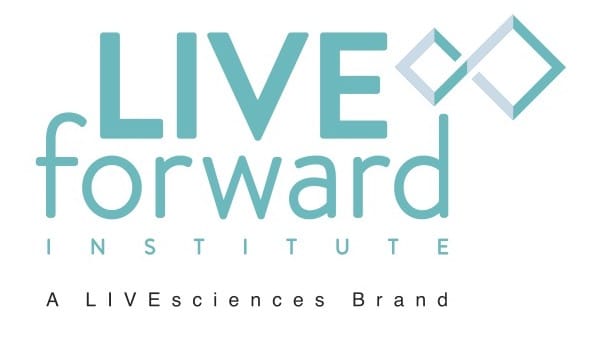These days, when talking about Agility, Self-Organisation or Teal, empowerment seems to be at the core of many of the concepts being used in companies – and yet many still seem to struggle with “true empowerment”.
Looking at the Oxford definition it should be fairly simple: people take control of what they are working on, decide on anything related to it and then get on with their lives. Just like you would do in your own private life, right? Isn’t it just a question of “treating employees as adults”?
“Treating employees as adults” is an idea that is so simple and yet still so complicated to realize in the workplace today. If you truly want to empower your employees you first need to see them as adults, with certain skill sets. This does not mean that they are able to do everything – it means that they have experience in certain skills, and are able to learn.
“Treating employees as adults”
At the core, empowering means to create a safe environment, where people feel encouraged to try new things, take decisions, and are not afraid to be blamed if something doesn’t work. Building and caring for this environment is not a one-time thing – it is an ongoing process that never ends, and is deeply connected to the core of your team.
You can be sure that if one brave teammate attempts to try something out, and they do not get your support afterward, it is most likely that this will stop others from even attempting it in the first instance. So share the accountability with them. Explore with them the situation they are currently facing – what is the obstacle? Don´t solve the issue for them – rather give guidance on how to overcome it.
Also, celebrate together when things work out well! Give them the recognition they deserve and do so in a public way, thereby also showing the rest of the team that good work is being recognized!
Building this safe environment will not be done overnight – it will take time. In every interaction you have with your team, you can prove that you really care about “empowering them”, and that it is not just a trend you feel you have to follow because a consultant told you so 😉
‘’Building a safe environment will take time!’’ So what are the little things you can do?
1. Listen to your team & make them part of the solution
Give regular feedback and show them that their impact matters to you and that you value their opinion.
2. Be aware that your emotions have an impact on your team too
Things might go wrong – that is a natural part of creating something new and big. Suppose something doesn’t work out as planned, or expected, stay positive and optimistic. Your emotions and the importance you give to things will reflect how your team feels about things.
3. Be thankful & show appreciation
It’s only two little words but they can make a huge difference: “thank you”. If you want to show your team that you trust and value them – say thank you. Show them that you see their contribution. This will help to build trust in the long term because people see and feel that they are part of something.
4. Support your team to find their passion
Every person has strength, and if he or she is aware of their strength and ready to unleash it, by helping them to do so you will support their sense of belonging and achievement. Support your team to explore their individual strengths, and give them opportunities at the workplace to use them. This will boost their motivation and support their wellbeing.
5. Be a role model of the behavior you want to see in your team
It all comes down to “walk the talk” so model the behavior you expect your team to show as well.
6. Give your team freedom & encourage them to find “their way”
Currently, a lot of work is being done remotely – and that is a great chance for you to show your team that you trust them. It can be frustrating not to have an overview at all times, but micromanaging is the opposite of empowering people. Show them that you trust them to get work done in time and that they can come back to you in case they get stuck or need help.
7. Establish supporting structures
Clarity, transparency and boundaries help people get an overview and support them to make their own decisions. Having a defined decision-making process in place that explicitly explains who is empowered to do what, is crucial for people to explore – and on this note – many people think that self-organization means you always have a consensus decision-making process – but from our own experience we can tell you that this is far from true. Explore different decision-making processes and find out what fits you and your team best.
…and lastly:
8. Look at your org design
Seven levels of hierarchy will rarely make anyone feel empowered!



